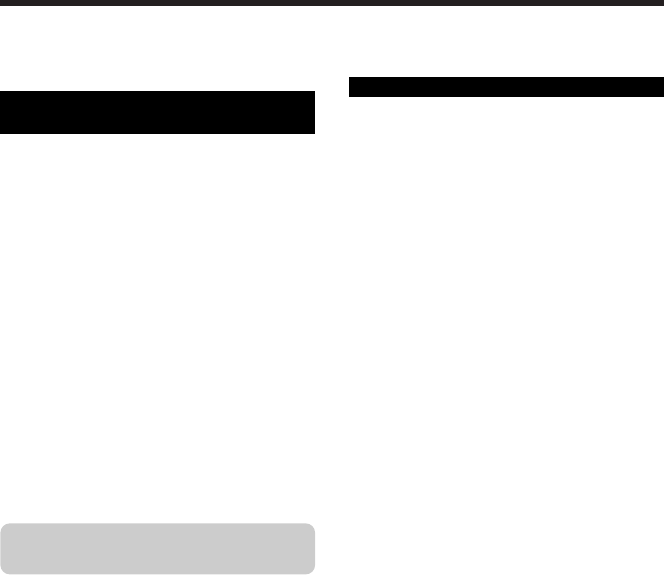
75
■ Disposing of Batteries
When disposing of batteries, do so in accordance with
your local waste disposal regulations.
Always use only the AC-3V AC Power Adapter (sold
separately) or the AC-3VW AC Power Adapter
(supplied with PictureCradle sold separately). The use
of other AC power adapters may result in damage to
your camera.
hThe AC-3V cannot be used to charge the NH-10
Rechargeable Battery.
hUse AC power adapter for indoor use only.
hPlug the connection cord plug securely into the DC
input terminal of the FUJIFILM Digital camera.
hTurn off the FUJIFILM Digital camera before
disconnecting the cord from the FUJIFILM Digital
camera’s DC input terminal. To disconnect, pull out
the plug gently (Do not pull on the cord).
hDo not use this AC power adapter with any device
other than your camera.
hDuring use, the AC power adapter will become hot
to the touch. This is normal.
hDo not take apart the AC power adapter. Doing so
could be dangerous.
hDo not use this device in a place with hot humid
place.
hDo not subject AC power adapter to strong shocks.
hThis device may emit a humming. But this is normal.
hIf used near a radio, this device may cause static, if
this happens move the camera away from the radio.
AC Power Adapter
hAs a power source in digital cameras, AA-size Ni-
MH batteries and the Rechargeable Battery NH-10
(referred to hereafter as Ni-MH batteries) are
superior to alkaline batteries in several ways, such
as allowing more shots to be taken with the camera.
However, care must be taken with the way Ni-MH
batteries are used if their original performance is to
be maintained.
hNi-MH batteries left unused in storage for long
periods can become “deactivated”. Also, repeatedly
charging Ni-MH batteries that are only partially
discharged can cause them to suffer from the
“memory effect”.
Ni-MH batteries that are “deactivated” or affected by
“memory” suffer from the problem of only providing
power for a short time after being charged. To
prevent this problem, discharge and recharge them
several times using the camera’s “Discharging
rechargeable batteries” function. By repeating this
cycle several times, the temporary reduction in
performance caused by “memory” or “deactivation”
can be remedied and the batteries can be restored
to their original performance levels.
Deactivation and memory are specific to Ni-MH
batteries and are not in fact battery faults. See P.76
for the procedure for “Discharging rechargeable
batteries”.
Do not use the “Discharging rechargeable
batteries” function when alkaline batteries are
being used.
hTo charge Ni-MH batteries, use the quick battery
charger (sold separately). Refer to the instructions
supplied with the charger to ensure that the charger
is used correctly.
hDo not use the battery charger to charge other
batteries.
hNote that the batteries feel warm after being
charged.
hDue to the way the camera is constructed, a small
amount of current is used even when the camera is
turned off. Note in particular that leaving AA-size Ni-
MH batteries and the Rechargeable Battery NH-10
in the camera for a long period will overdischarge
the batteries and may render them unusable even
after recharging.
hNi-MH batteries and the Rechargeable Battery NH-
10 will self-discharge even when not used, and the
time for which they can be used may be shortened
as a result.
hThe rechargeable battery NH-10 can be charged by
setting the camera in the PictureCradle CP-FXA10
(sold separately).
hNi-MH batteries cannot be charged using a
combination of the camera and the cradle.
hNi-MH batteries will deteriorate rapidly if
overdischarged (eg. by discharging the batteries in a
flashlight). Use the “Discharging rechargeable
batteries” function provided in the camera to
discharge the batteries.
hNi-MH batteries have a limited service life. If a
battery can only be used for a short time even after
Using the AA-size Ni-MH Batteries and the
Rechargeable Battery NH-10 Correctly
repeated discharge-charge cycles, it may have
reached the end of its service life.


















